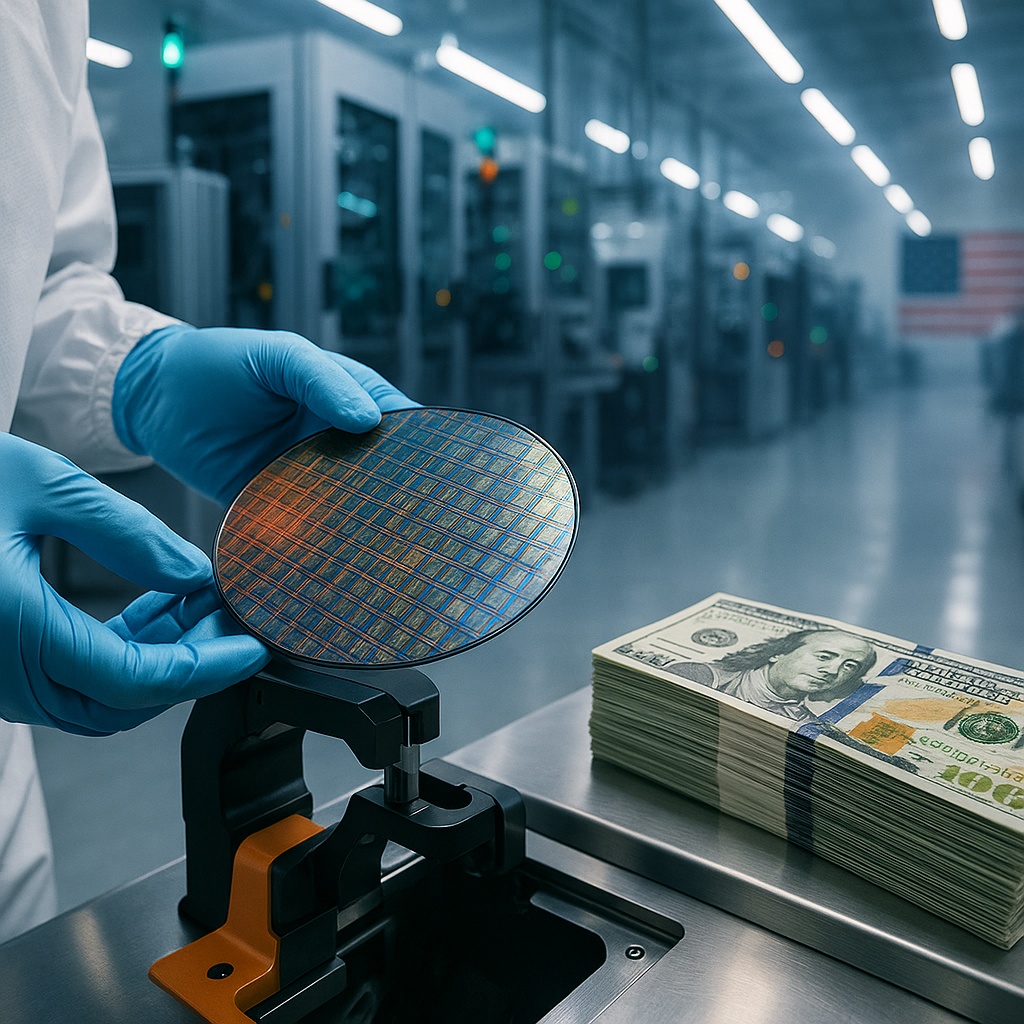Champions call the 9.9% stake a pragmatic correction to market failure: if semiconductors are the new oil, then crude capacity is a public good, and equity-for-subsidy is simply paying the insurance premium in shares. Critics see something darker—a bailout for a lagging incumbent, a soft nationalization cloaked in “passive” ownership, and a precedent that socializes downside while privatizing upside. Free-marketeers warn of politicized capital allocation and moral hazard; national-security hawks counter that arm’s-length grants without ownership failed to move the needle. Even friends of the policy worry that “passive” is a legal fiction: guardrails, export controls, and procurement can steer a firm more effectively than a board seat. And the most provocative take: this is not industrial policy—it’s industrial strategy with a balance sheet, a quiet revolution that turns a subsidy line item into a sovereign equity position.
Here’s the twist. The real innovation isn’t that Washington owns a slice of Intel; it’s that Washington has begun to price national security as equity instead of expense. That shift could birth a de facto “sovereign silicon fund,” where taxpayer returns—dividends, buybacks, or appreciation—recycle into R&D and workforce, compounding strategic capacity. It also rewires the cost of capital: companies aligned with guardrails may borrow cheaper, while those straddling China risk a permanent security premium. If execution delivers yields and supply-chain depth, the U.S. won’t just reshore fabs—it will rewrite the playbook for critical tech finance, using soft power levers to guide without overt control. The surprising conclusion is that this passive stake may prove more muscular than overt nationalization precisely because it enlists markets as enforcers; success would make Intel less a one-off and more a template, where owning a little is the leverage needed to change a lot.
